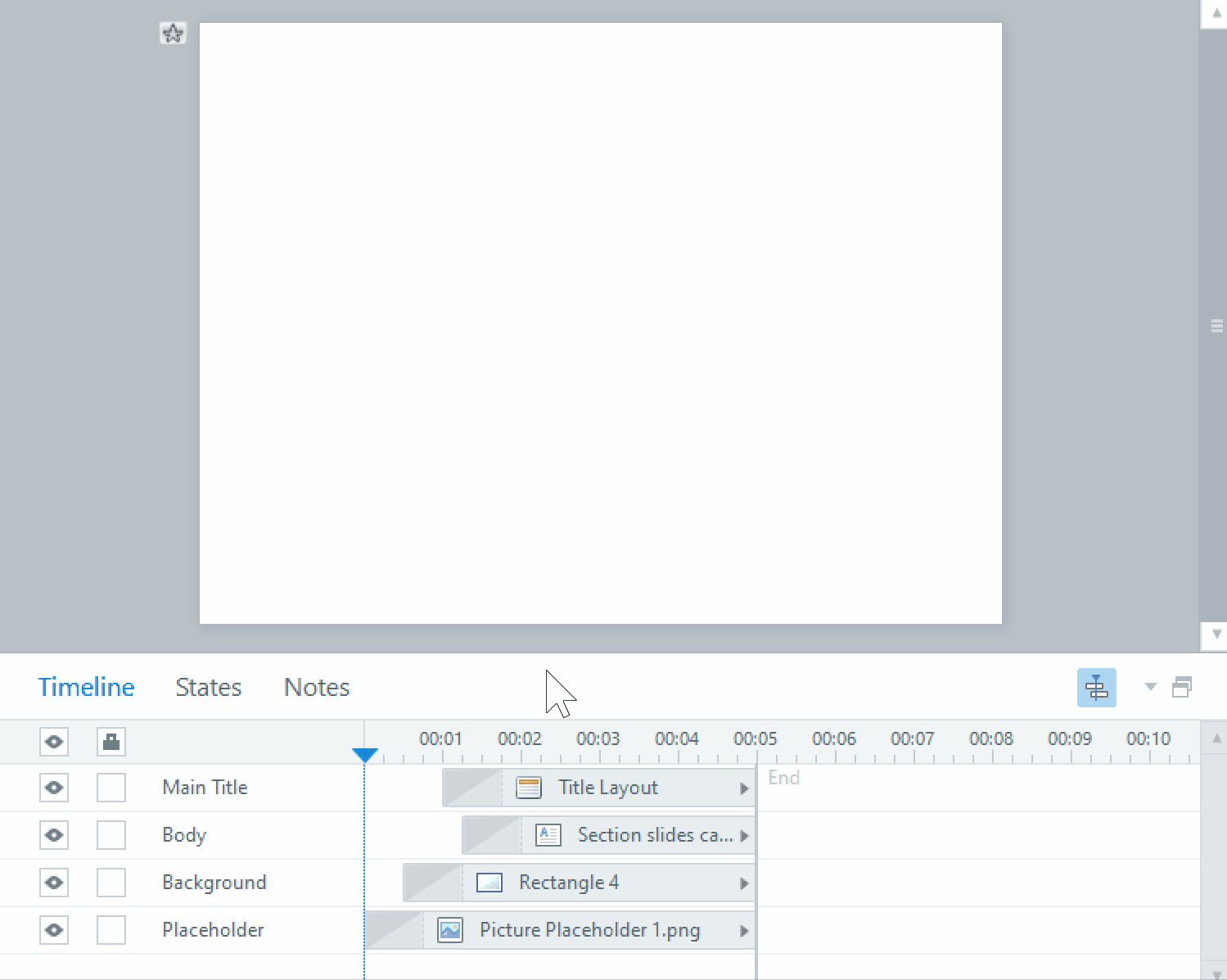Multimedia in your elearning

In today’s high-tech world, more and more types of media are becoming readily available to the average content creator. With the click of a button, you can add any number of webpages, YouTube videos, or podcasts to your content. However, how much does your elearning really need? Are your flashy graphics and videos really adding value? Here are some principles to keep in mind when putting multimedia content into your elearning.
1. Coherence Principle
This principle states that learners learn better when unnecessary words, pictures, and sounds are excluded rather than included. In other words, when creating multimedia for eLearning, less is more. Be selective about what you choose to pair with your content for maximum effect, instead of just creating clutter that will distract and confuse your learner.
2. The Split-Attention Effect
The split-attention effect is a common problem that occurs when two sources of related information are presented separately – most often in the form of a diagram or other graphic and its explanation when the two are presented on different parts of the screen. This causes the learner to have to split their attention between the two sources, which can cause them to lose some of the information from each source as they try to process both at the same time, or switch their attention between the two. The effect is worse when there is a temporal component (ie: video) when information can go by while the learner’s attention is on a different part of the screen.
The best way to design for this situation is to integrate the textual component into the graphic or video it’s explaining so that the learner doesn’t have to process the information separately, or replace the text with properly synced audio. If the different types of media are integrated properly, that will cut down on the cognitive load required from the learner.
3. The Redundancy Principle
When using multiple forms of media, another thing to avoid is presenting the same information in two or more different mediums. A frequently occurring example is the use of text to explain a graphic at the same time there is narration doing the same thing. Learners may try to compare the information coming from different formats, and have trouble focusing when doing so. Also, the learners’ attention tends to gravitate towards text as it requires the most effort to process, which can cause them to miss information coming from the graphics or the audio.
Ideally, if the content can be presented with graphics and audio, you can do away with text altogether. Always keep in mind the cognitive demands you are placing on the learner with the content you are presenting, and streamline as much of your elearning as possible to reduce the amount of effort needed to process and understand the information effectively.
4. Signaling Principle
This principle encourages developers to organize the learning content well. Simpler concepts should precede complex ones, to make sure learners are not overwhelmed, and to create a natural learning progression. Important parts of the learning content should be highlighted with summarizing or other instructional strategies. This helps process the information better and remember essential parts of the learning content.
There are more concepts around organizing your elearning effectively when using multimedia, but following these principles are a good start to creating dynamic elearning for your learners. As online mobile devices become increasingly common as a means to communicate and engage with all different kinds of content, using multimedia in eLearning is becoming more important as a preferred method for learning across corporate as well as educational institutes.
















